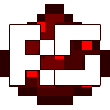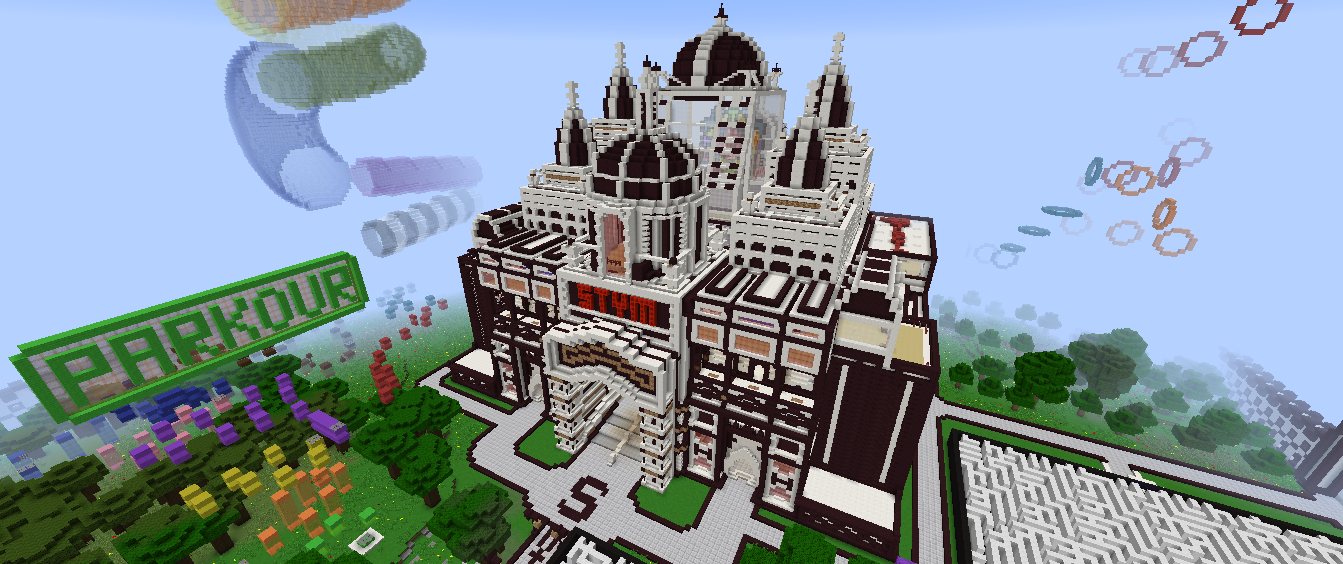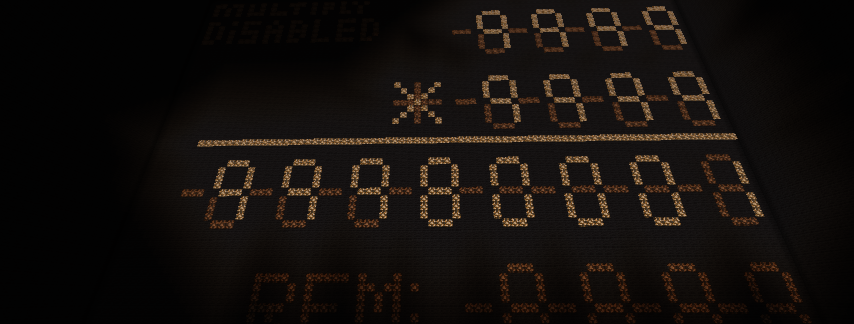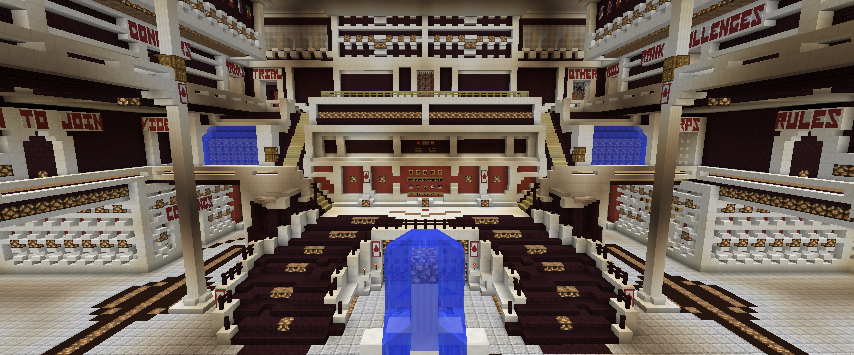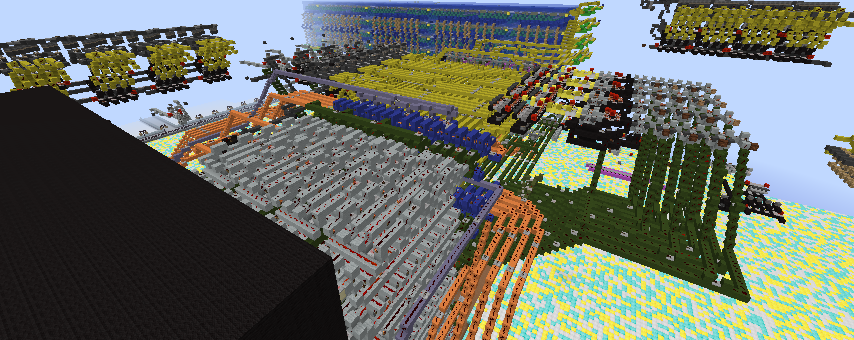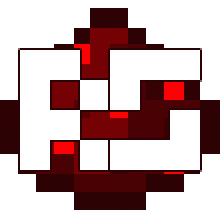
Connect four ( -2048 69 1300 ):
A 7x6 grid with automatic turn switching after each move. The display indicates the current player's turn and shows the winner when four in a row is detected. Once a player wins, inputs are disabled. If a column is full, the lamps above it turn off. The system operates using hoppers without a falling animation, and items are returned via a dropper elevator. Not spam proofed.
-----
TicTacToe ( -2048 111 1190):
It is instant: takes 0 seconds from input to output, however, there's 1gt of visual delay cause I'm using lamps to display. Only pistons would truly power instantly but that doesn't look as great. inputs are shared between players and you take turn to play. Win detection happens instantly too and gets displayed as a lamp on top, one for X and one for O. Clear button located at the top right of the display, happens in sync. After an input has been used, it gets disabled and prevents the player from using it more than once.
-----
Typewriter ( -1950 134 1300):
Was made partially with SGTMIGHTYMIKE, who built most of the display (stackable 5-tall 1x1 pixel display with inputs + SR latches and reset). The rest was built by me, inspired by cadenjb’s version. It features a compact keyboard that encodes each key into its 6-bit binary form with a 7th bit for shift. There's 92 different characters that can be typed, they're stored in a compact vertical wall rom. the input from the keyboard gets decoded again when reaching the typewriter.
The character data gets sent over 25 lines, each responsible for 1 pixel on the display, we send this data to the entire screen and then choose which cell should receive it. This selection is done by addressing the correct X and Y coordinates and taking their AND. Unlike some other typewriters where this X-Y position is taken care of by 4 shift registers -one in each direction-, we use a looping adder. If you want to move the X over by one to the right, you simply increment the adder by one. In total there's 6 bits, 4 for X and 2 for Y (first 4 for x, last 2 for y). When X reaches its highest value of 15 and we add one, it creates a carry out to y (x goes back to zero and y increases by one, nice for when you reach the end of the screen and want to move back to 0 but also go 1 down).
Going left or up is done by inputting 63 for x and 48 for y. For example we have X = 6, we want to move one to the left so that x is 5 -> 6 in binary is 00 0110, we add 11 1111 -> 6+63 = 69, we let the carry (64) bleed out and we're left with 69-64 = 5
The keyboard has a light that toggles when shift does, enter resets x back to zero and increases y by one (down cause 0,0 is on the top left), 4 arrow keys, backshift moves left first, then clears the current cell, the clear button simply selects each cell on the 16x4 grid and clears it as well as resetting the adder to 0. I also added a blinking cursor and a chime to indicate when the machine is ready to receive the next input again. sorry for the big text :p
Connect four: Players "O" and "X" take turns by pressing inputs above the columns. Their respective symbol is placed in the lowest available slot. The game automatically switches turns and displays the current player on the side. When a player achieves four in a row, the system detects the win and highlights the winner.
TicTacToe: 9 buttons on the side aligned with the 9 cells on the display. Players take turn (not spam proof either). There's no turn indication as that would've added to the total size of the build (could've shoved it to the side of the build but it's not worth it imo size-wise). After the game has ended you can manually reset however, adding automatic reset after a win is possible.
Typewriter: The user presses the noteblocks one by one, waiting for the chime each time crazy rhyme. you can interact with the cursor via the arrow keys
